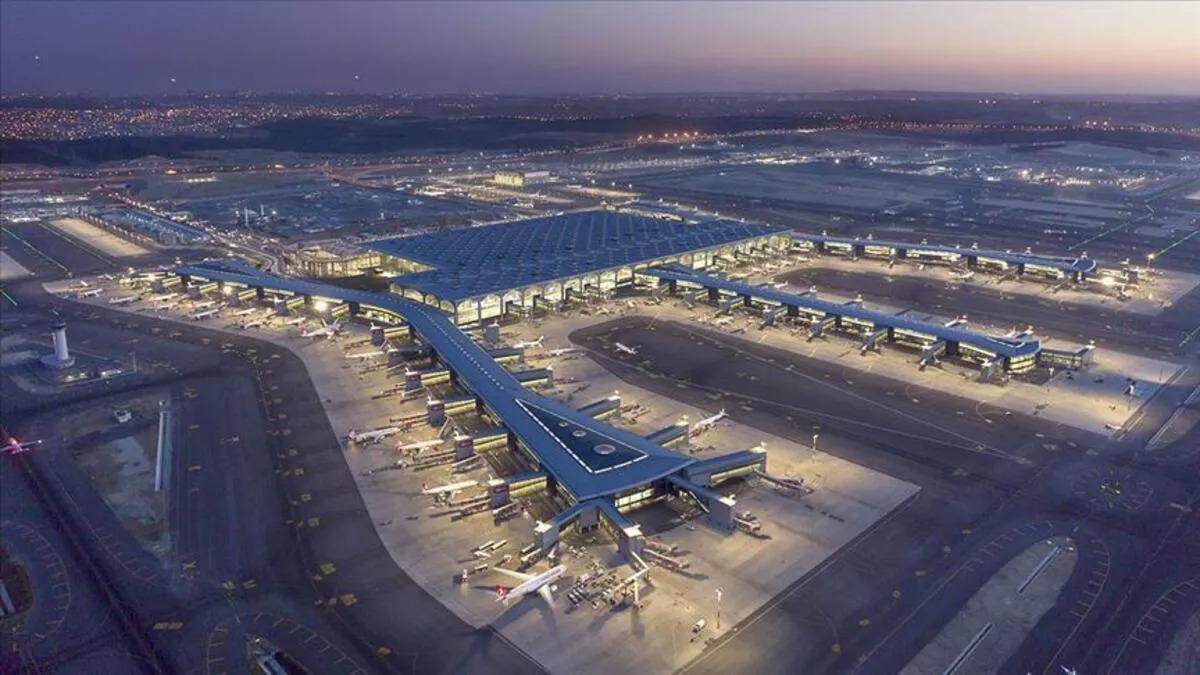
Istanbul’s mega airport was the busiest in Europe last year, according to the latest data from Eurocontrol.
It was again a very close race for the top spot, with İGA Istanbul narrowly finishing the year on top with 1,156 daily movements. Amsterdam Schiphol takes the second spot with 1,140 daily flights, down 18 percent from 2019, Eurocontrol said in a report.
“One striking feature is that with the sole exception of İGA Istanbul, which did not make the 2019 top 10 as it only entered into full ops in the second quarter of 2019, but which spent the rest of 2022 at around 100 percent of 2019 levels, traffic at Europe’s big hub airports remains significantly depressed,” it added.
Frankfurt has lost 362 daily flights compared to 2019 and goes from first to the fourth position, as the German market has been one of the slowest to recover. Paris CDG and London Heathrow complete the top five.
Meanwhile, Turkish Airlines is on the 2022 list of the Top 10 aircraft operators.
“Turkish Airlines remained strong all year round, including a summer spent operating above 2019 levels, but dropped one place to third, with 1,245 daily flights, down 7 percent versus 2019, for the whole year,” Eurocontrol said.
Ryanair topped the list with a daily average of 2,356 flights, and easyJet ranked second with 1,335 average daily flights.
The three airlines Lufthansa, Air France and KLM occupied positions four to six.
“The year 2022 was the year European aviation weathered the storm, with the year closing on 9.3 million flights: 3.1 million more than last year, even if still 1.8 million fewer than in 2019. That represents a solid 83 percent of 2019 traffic,” the report said.
“As we move into 2023 and beyond, we are confident that the recovery will continue to strengthen as capacity and staffing issues are progressively tackled. We expect 2023 total traffic will reach 92 percent of pre-COVID levels, with full recovery from the pandemic to take place in 2025.”